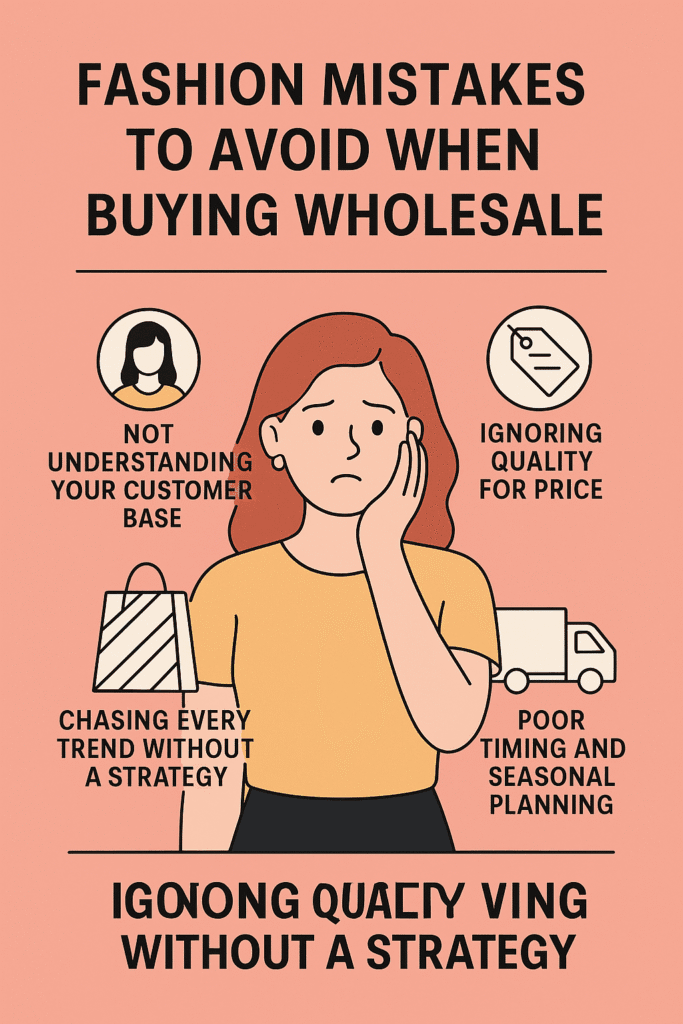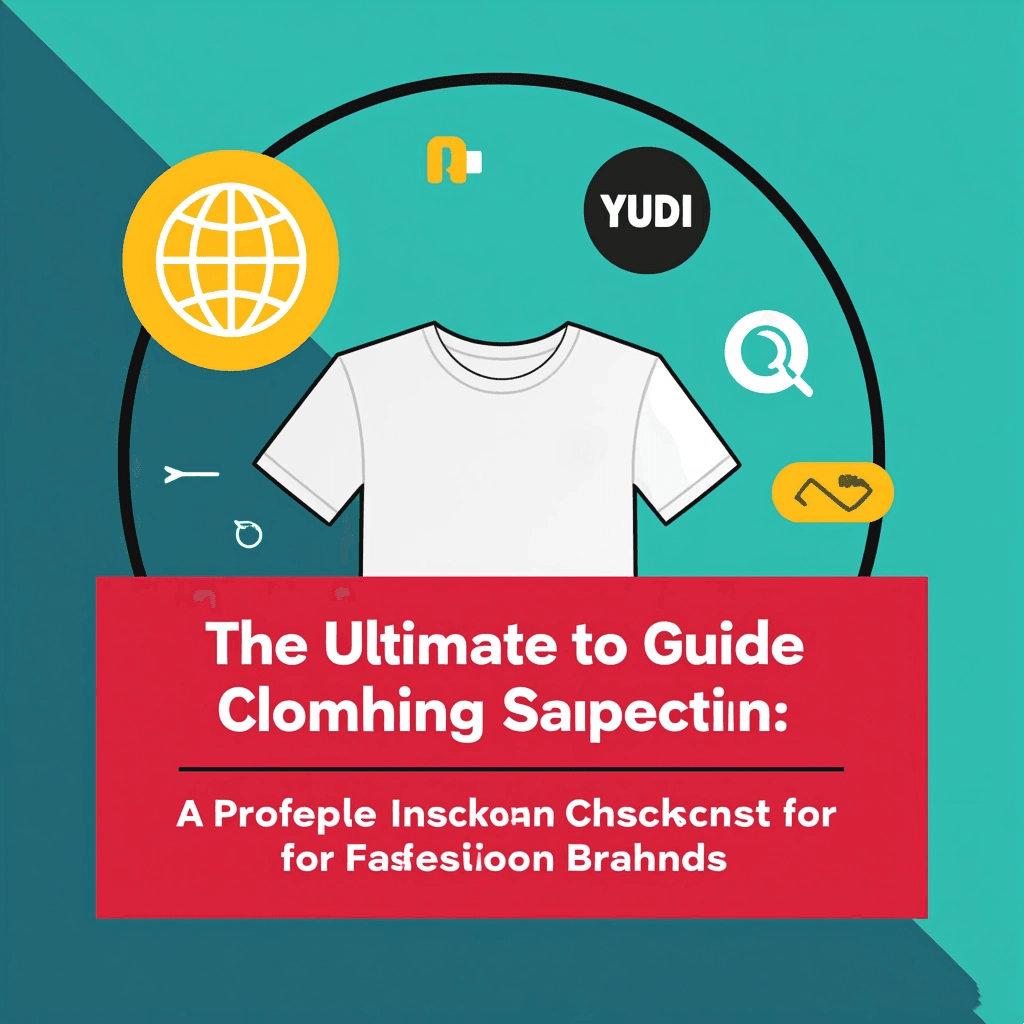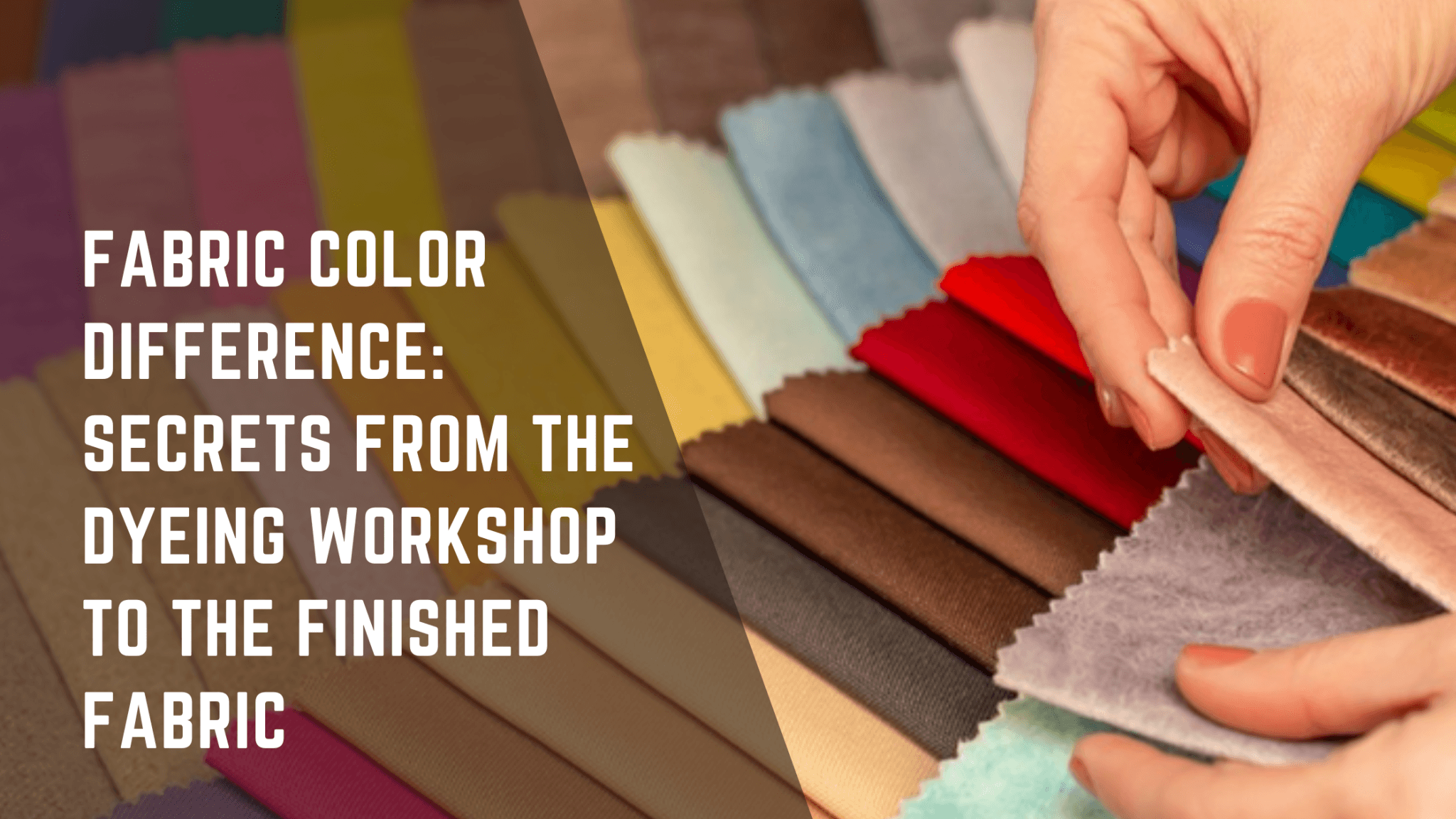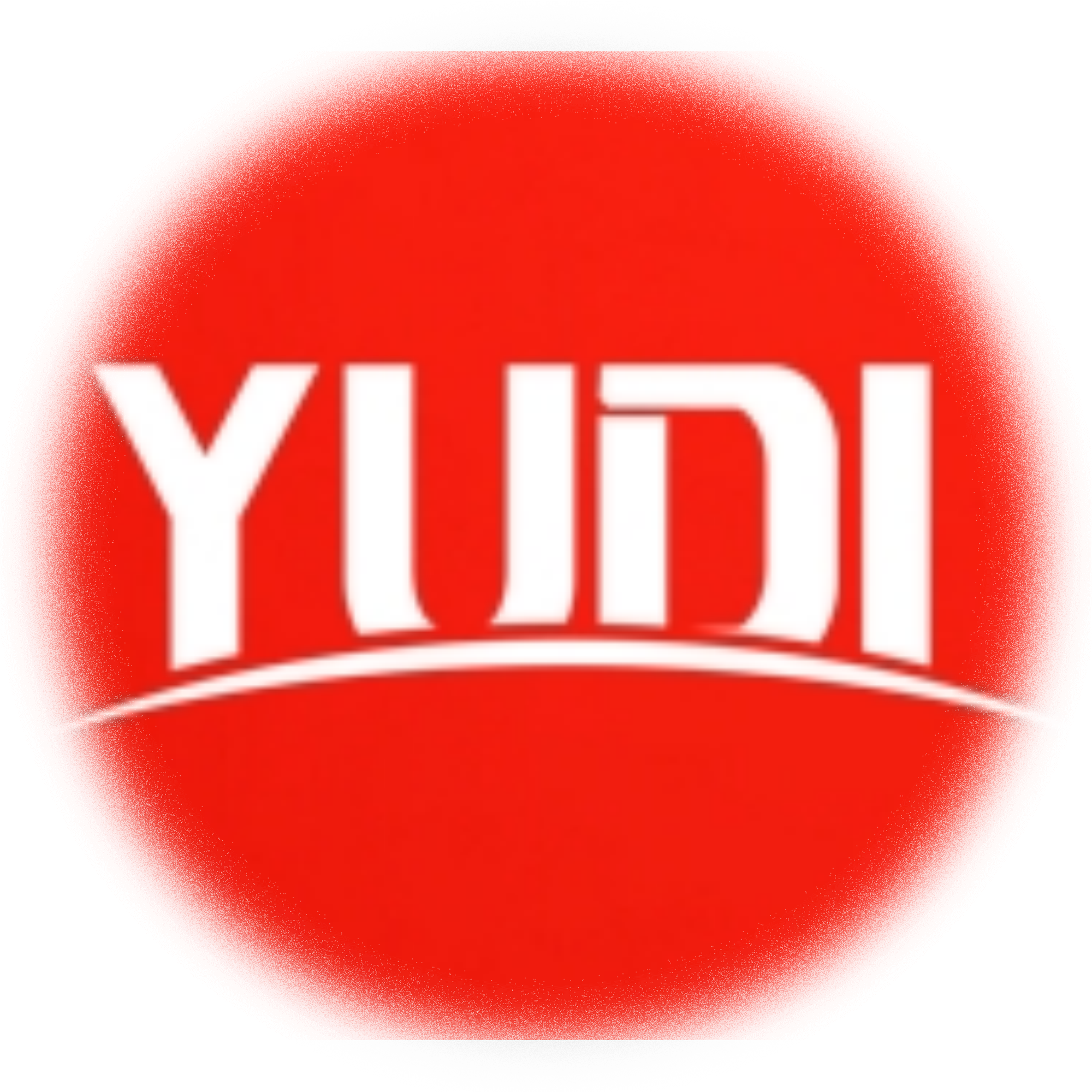
Are you making critical mistakes when buying wholesale fashion for your boutique?
If you’re struggling with overstock, markdowns, or poor sell-through rates, it’s time to rethink your wholesale buying strategy. In this guide, we’ll uncover the top wholesale fashion mistakes boutique owners make—and how to avoid them for a more profitable and sustainable business.
1. Not Understanding Your Customer Base
Common Mistake: Buying based on personal taste instead of customer data.
What Causes It:
Emotional buying without sales analysis
Ignoring past sales trends and customer behavior
Skipping customer feedback or not using personas
How to Fix It:
Analyze best-sellers and sales data monthly
Build detailed customer personas (age, style, price range)
Use sales data to guide all purchasing decisions
2. Chasing Trends Without a Clear Strategy
Common Mistake: Stocking every fashion trend without alignment to your brand.
Red Flags:
Inconsistent brand identity
High markdown rates on trendy items
Poor visual cohesion in-store and online
Solution:
Focus on curated trends that match your boutique’s aesthetic. For example, if you specialize in minimalist fashion, avoid overbuying bold boho items that confuse your target audience.
3. Poor Timing in Seasonal Inventory Planning
Common Mistake: Buying too late (or too early) for key seasons.
Real Examples:
Ordering summer items in late July
Not having holiday inventory by October
Pro Tip:
Use a seasonal buying calendar:
| Season | Order By | Arrival Date |
|---|---|---|
| Spring | January | February–March |
| Summer | March | May |
| Fall | July | August |
| Holiday | September | October |
4. Choosing Price Over Product Quality
Common Mistake: Sacrificing quality to get a better price per unit.
Risks:
High return rates
Bad reviews and lost loyalty
Lower perceived brand value
Fix:
Work with trusted wholesale clothing suppliers who offer samples
Prioritize quality over quantity
Educate customers on the value of premium materials
5. Failing to Diversify Inventory Categories
Common Mistake: Focusing only on one item type (e.g. just dresses).
Warning Signs:
Limited cross-selling opportunities
Seasonal revenue drops
Customers leave to complete their outfit elsewhere
What to Do:
Build a balanced inventory:
40% Basics & Essentials
30% Seasonal Trends
20% Statement Pieces
10% Accessories (bags, belts, jewelry)
6. Ignoring Extended Size Ranges
Common Mistake: Offering only standard sizes (S–L)
Why It Matters:
The U.S. plus-size market is worth over $24 billion
Size-inclusive stores see higher loyalty and referrals
Solution:
Start with extended sizes in best-selling styles. Explore curated plus-size wholesale fashion collections that align with your brand identity.
7. Ordering in Bulk Without Testing
Common Mistake: Buying 100+ units of a new, untested style.
Dangers:
Overstock
Capital tied in unsold inventory
Deep discounts hurting margins
Safer Strategy:
Start with small test batches
Use assorted bundles or sample packs
Scale up only for proven best-sellers
8. Overlooking Visual Merchandising Potential
Common Mistake: Buying products without thinking about in-store or online displays.
Why This Matters:
Poor color or style flow hurts sales
Outfits that don’t mix-and-match reduce basket size
How to Improve:
Plan purchases as collections, not isolated items
Ensure color stories and outfit pairings are intentional
Invest in coordinated seasonal collections
9. Relying on One Wholesale Supplier
Common Mistake: Sourcing 100% of inventory from a single vendor.
Risks:
Vendor delays = out-of-stock shelves
Limited product variety
Less room for price negotiation
Ideal Vendor Mix:
60–70%: Core supplier
20–30%: Niche or specialty vendors
10–20%: Trend-driven suppliers
10. Ignoring Inventory & Sales Data
Common Mistake: Guessing what to buy without analyzing past performance.
Must-Track Metrics:
Sell-through rate
Profit margin by category
Return reasons
Average days to sell
Use It:
Let this data guide reorder decisions, markdowns, and seasonal adjustments. Turn guesswork into informed purchasing.
11. No Inventory Turnover Plan
Common Mistake: Holding onto stock too long and over-discounting to clear out.
What It Looks Like:
Cash stuck in old items
Crowded displays
Struggling to invest in new inventory
Your Turnover Goals:
Basics: 4–6 turns/year
Trends: Sell-through in 6–8 weeks
Occasionwear: Aligned to specific holidays/events
Use fast-moving collections (like Daily Deals) to keep fresh product rotating in.
12. Same Inventory for Online and In-Store
Common Mistake: Not differentiating between online and physical store dynamics.
Consider:
Shipping weight & packaging for online
Visual try-on appeal for in-store
Separate inventory planning for each channel
Tip:
Designate some styles as “online only” or “store exclusive” and tailor marketing accordingly.
BONUS: Not Building Strategic Vendor Relationships
Common Mistake: Treating vendors like one-time order-takers.
Why Relationships Matter:
Get early access to new arrivals
Better payment terms
Exclusive styles and collaboration options
Build trust with your vendors. Share your customer profile and give them feedback on what works.
✅ Action Plan: Smarter Wholesale Fashion Buying
Before placing your next wholesale order:
Review your boutique’s sales performance
Define your seasonal buying calendar
Choose suppliers based on quality and trust
Balance your inventory categories
Test new styles in small batches
Plan your merchandising display strategy
Track and analyze your data consistently
📌 Frequently Asked Questions (FAQ)
Q: How do I choose the right wholesale supplier?
Look for suppliers with transparent policies, quality assurance, good reviews, and style alignment with your boutique.
Q: How many items should I test before buying in bulk?
Start with 5–10 units of a new style. If it sells quickly, reorder at scale.
Q: How far in advance should I order seasonal inventory?
Aim to place orders 2–3 months before the season starts to account for shipping and delays.
👗 Ready to Buy Smarter?
Avoid these wholesale fashion buying mistakes and set your boutique up for long-term success.
Explore our curated trending wholesale fashion collections and discover:
High-margin best-sellers
Size-inclusive styles
Merchandising-ready assortments
Affordable starter bundles
💬 Need help selecting inventory for your boutique? Contact our wholesale team for personalized recommendations today!





